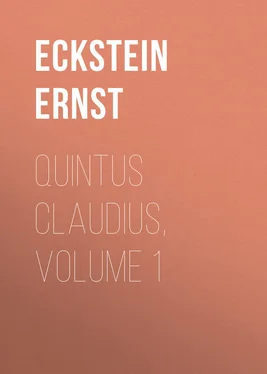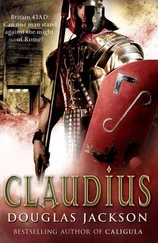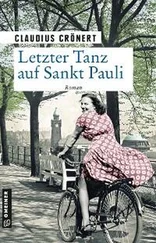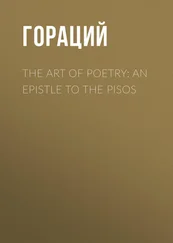Quirinal. Martial’s house was near the temple on the Quirinal. (Mart. Ep. X, 58.)
Denarii. At the time of Domitian, the denarius (10 as ,) was worth about 15 cents.
Street-corners. Large square tablets, whitened, for the display of public notices, stood at the corners of the streets. A tablet of this description was called album, (albus-white).
Costermonger. Boiled chick-peas were publicly carried about for sale. (Martial Ep. I, 41, I, 103.)
Massive bowls. The crater ( crater or cratera ) was a large vase or bowl, in which strong wine was mixed with water. A ladle was used to fill the drinking-cups.
Murrhine vases, ( murrhina vasa ). Vases made of murrha , a material with a pale sheen in it, highly valued by the ancients; probably fluor-spar.
Guinea-fowls from Numidia, ( aves Numidicae or merely Numidicae ) were a favorite dish. (Plin., Hist. Nat. Mart. etc.)
The province of Thesprotis in Epirus, extended from Chaonia to the Ambracian Gulf. The goats raised there were considered exceptionally good.
Pheasants from the Caspian Sea. At the time of our story, these birds were a newly-introduced delicacy. Phasis was the name of the boundary river between Asia-Minor and Colchis; hence their name phasianus ; ( avis Phasiana , or merely Phasiana , or Phasianus – the pheasant.) Martial also calls them volucres Phasides .
Dates. The best quality were imported into Rome from Egypt.
Dainty Cakes. Bread from Picenum is mentioned in the menu of a banquet given in the latter half of the century B. C., (Marquardt Handbuch, IV, 1.)
Figs from Chios. Varro, ( R. Rust. I, 41) speaks of Chian, Lydian, Chalcedonian and African figs.
Pistachio nuts. The best pistachio nuts came from Palestine and Syria, whence Lucius Vitellius introduced them into his garden at Albanum.
Euphemus. Caesar’s head-cook or butler. (See Martial Ep. IV. 8.)
“The tenth hour’s proper for my book and me,
And Euphem, thou who dost the board o’ersee.”
Anon, 1695.
The long flowing hair of a female slave. This fancy was not at all unusual. (See Petron. , 27.)
Hispalis. A city in southern Spain, now Seville.
Castanets. Castanet dances are often represented in pictures. (See O. Jahn, Fresco-paintings on the walls of the columbarium, in the Villa Pamfili.)
Jester. Jesters, especially dwarfs, were very popular in ancient Rome. The scene that follows here is based upon various incidents in a description by Lucian, which has come down to modern times: “The Banquet, or The Lapithae” 18, 19. In this a hideous little fellow, who gives utterance to all sorts of jests and witticisms, appears at Aristaenetus’ banquet. "Finally he addressed each person with some mischievous joke – and each laughed as his turn came. But when he accosted Alcidamas, calling him a Maltese puppy, the latter, especially as he had long been jealous of the applause and attention bestowed on the jester by the whole company, grew angry, threw off his cloak and challenged the dwarf to a boxing-match. What could the poor jester do? It was infinitely comical to see a philosopher fight with a clown. Many of the spectators were ashamed of the scene, but others laughed merrily, until Alcidamas was at last beaten black and blue.”
Velarium. The cloth hung across the amphitheatre, to screen it from the sun.
The baths of Titus were located near the Cyprius Street, on the site of Nero’s domus aurea , which had been destroyed after its builder’s death.












